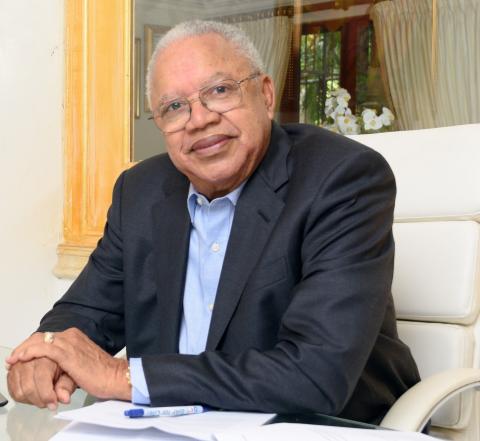
3D printing, or three-dimensional printing, has been around for a few years and has had several different applications in the arts, construction, scientific research, and other areas. This methodology has been growing in popularity.
In recent years, 3D printing has emerged as a groundbreaking technology with transformative potential across various industries, but its impact is particularly profound in healthcare. The integration of 3D printing into healthcare practices has ushered in a new era of personalised medicine, surgical precision, and innovative solutions.
One of the most significant contributions of 3D printing to healthcare is in the creation of patient-specific implants and prosthetics. Traditional manufacturing methods often result in generic devices that may not perfectly match an individual’s anatomy.
3D printing allows for the fabrication of customised implants tailored to a patient’s unique body structure. For instance, orthopedic implants, such as hip and knee replacements, can be precisely designed to fit the patient’s anatomy, reducing the risk of complications and improving overall functionality. This customisation extends to prosthetics as well, enabling a better fit and enhanced comfort for individuals with limb loss.
Surgical planning and training are areas that have also been enhanced by the application of 3D printing. 3D printing has revolutionised surgical planning by providing detailed anatomical models derived from medical imaging data. Surgeons can use these 3D-printed models to visualise complex structures, plan intricate procedures, and practise surgeries before entering the operating room. This not only enhances surgical precision, but also reduces operating times and the potential for complications.
In medical education, 3D-printed anatomical models serve as invaluable tools for training healthcare professionals. Students can gain hands-on experience with realistic models, improving their understanding of complex anatomical structures and refining their surgical skills.
BIOPRINTING AND ORGAN TRANSPLANTS
Bioprinting and organ transplants can also benefit from 3D printing. Bioprinting, a specialised application of 3D printing, holds immense promise for the future of organ transplantation. Researchers are exploring ways to use 3D printers to construct tissues and organs using bioinks composed of living cells. Although still in the experimental stage, the potential impact of bioprinting on organ transplants is revolutionary.
The ability to create organs tailored to a patient’s specific needs could significantly reduce the organ transplant waiting list and the risk of rejection. While challenges remain, such as vascularisation of printed tissues, ongoing research in bioprinting brings us closer to a future where 3D-printed organs are a viable solution. Vascularisation is when a capillary network capable of delivering nutrients to the cells is formed within the tissue (sciencedirect.com).
More than any other area, dentistry has perhaps been one of the first fields to accept and use 3D printing for various applications, ranging from the fabrication of crowns and bridges to the creation of precise surgical guides. 3D printing allows for the customisation of dental implants to match a patient’s unique oral anatomy, leading to improved outcomes and patient satisfaction.
Dentists can also utilise 3D printing for creating accurate models of a patient’s teeth and jaw, aiding in treatment planning and communication. The efficiency and precision offered by 3D printing contribute to advancements in dental care and the overall patient experience.
The production of medical devices and instruments has been revolutionised by 3D printing. Complex and intricate designs that were once challenging to manufacture are now achievable with this technology. Customised surgical instruments, prosthetic limbs, and even hearing aids can be rapidly produced using 3D printing.
Furthermore, 3D printing allows for the creation of lightweight yet durable structures, optimising the performance of medical devices. The versatility of this technology opens avenues for innovation in the development of next-generation medical instruments.
The integration of 3D printing into healthcare represents a paradigm shift in the way we approach patient care, surgical procedures, and medical innovation. As technology continues to advance, we can expect even more groundbreaking applications in areas such as pharmaceuticals, regenerative medicine, and disease modeling.
While challenges such as regulatory considerations and material development need to be addressed, the trajectory of 3D printing in healthcare is undeniably promising.
As research and development in this field accelerate, we move closer to a future where personalised, precise, and patient-centered healthcare is not just a vision, but a reality shaped by the transformative power of 3D printing.
Doug Halsall is the chairman and CEO of Advanced Integrated Systems. Email feedback to doug.halsall@gmail.com and editorial@gleanerjm.com.
Published: Sunday | October 15, 2023 | 12:06 AM
https://jamaica-gleaner.com/article/news/20231015/healthtech-revolutioni...

